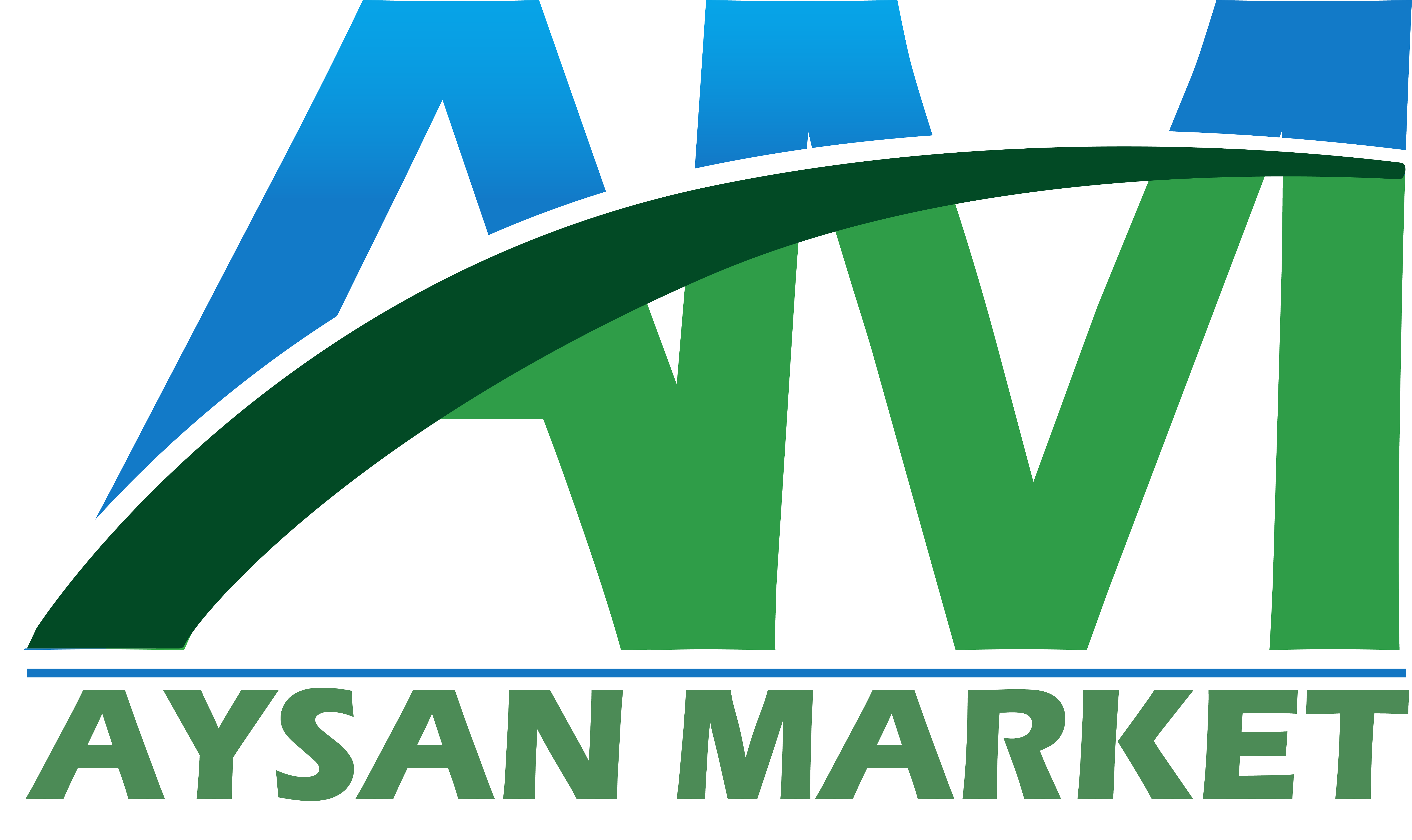Aysan Market is a high qualified PPP services provider. The Aysan Market (am) is providing several different types of public-private partnership contracts (often known as PPPs, or in the UK, Private Finance Initiative, or PFIs) depending on the type of project (for example, a road or a school), level of risk transfer, investment level and the desired outcome.
Build – Operate – Transfer (BOT)
A BOT model is generally used to develop a discrete asset rather than a whole network, for example a toll road. This simple structure provides the most freedom for the private sector partner during construction and the public sector bears the equity risk.
Build – Own – Operate (BOO)
This is a similar structure to BOOT (below), but the facility is not transferred to the public sector partner. A BOO transaction may qualify for tax exempt status and is often used for water treatment or power plants.
Build – Own – Operate – Transfer (BOOT)
The private sector builds and owns the facility for the duration of the contract, with the primary goal of recouping construction costs (and more) during the operational phase. At the end of the contract the facility is handed back to the government. This structure is suitable when the government has a large infrastructure financing gap as the equity and commercial risk stays with the private sector for the length of the contract. This model is often used for school and hospital contracts.
Design – Build
The contract is awarded to a private partner to both design and build a facility or a piece of infrastructure that delivers the performance specification in the PPP contract. This type of partnership can reduce time, save money, provide stronger guarantees (as the work is with a single entity rather than a consortium) and allocate additional project risk to the private sector
Design – Build – Finance
The private sector constructs an asset and finances the capital cost during the construction period only.
Design – Build – Finance – Operate (DBFO)
Design – Build – Finance- Maintain (DBFM)
Design – Build – Finance – Maintain – Operate (DBMFO)
Similar to BOOT, DBFO (and its variations) is more used in the UK for PFI (Private Finance Initiative) projects. The private sector designs, builds, finances, operates an asset, then leases it back to the government, typically over a 25 – 30 year period. Public sector long-term risk is reduced and the regular payments make it an attractive option to the private sector.
Design – Construct – Maintain – Finance (DCMF)
Design, Construct, Maintain and Finance is very similar to DBFM. The private entity creates the facility based on specifications from the government body and leases it back to them. This is generally the convention for PPP prison projects.
O & M (Operation & Maintenance)
In an O&M contract, a private operator operates and maintains the asset for the public partner, usually to an agreed level with specified obligations. The work is often sub-contracted to specialist maintenance companies. The payment for this contract is either via a fixed fee, where a lump sum is given to the private partner, or more commonly a performance-based fee. In this situation, performance is incentivised using a pain share / gain share mechanism, which rewards the private partner for over-performance (according to the agreed SLAs) or induces a penalty payment for work which has fallen short.
